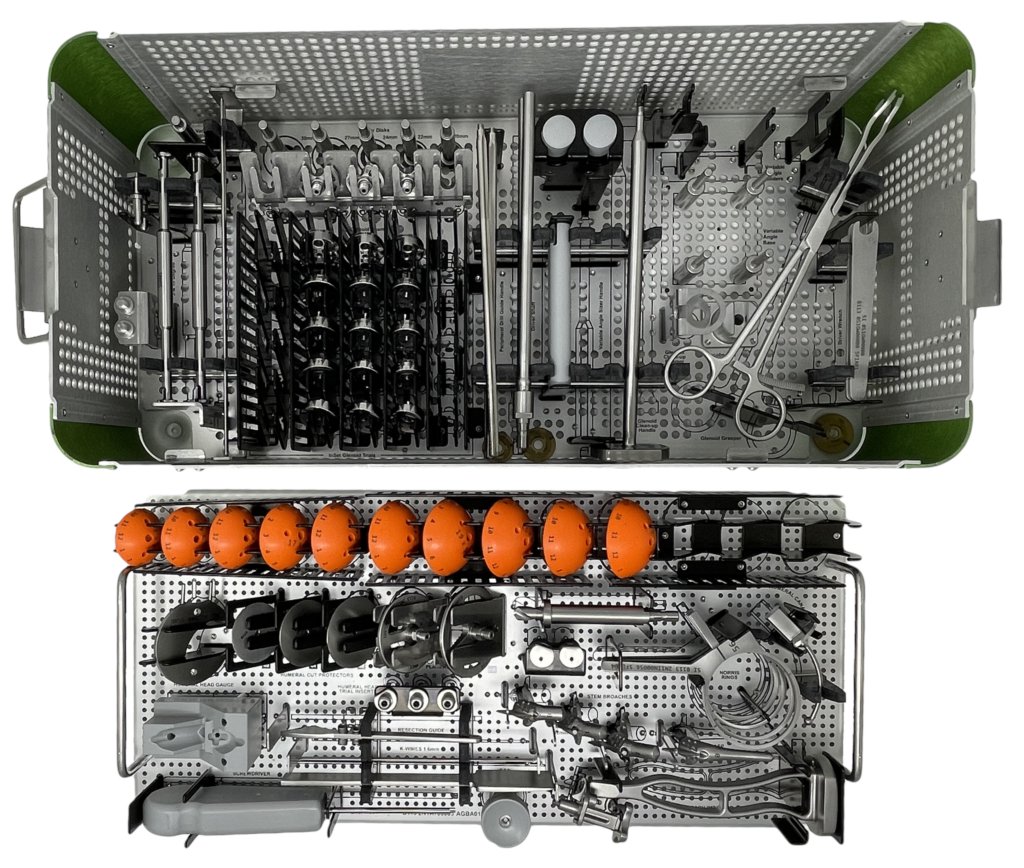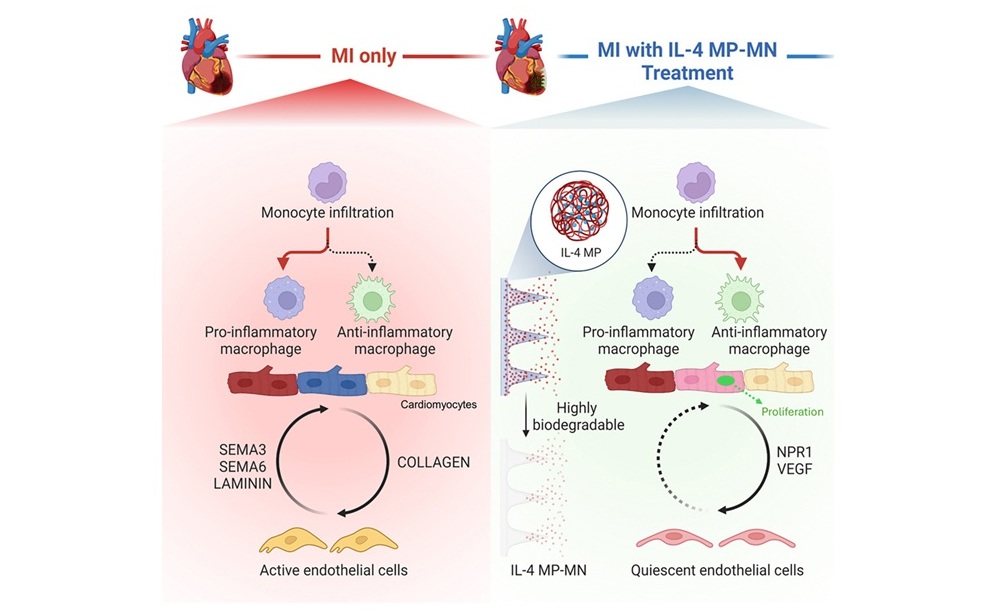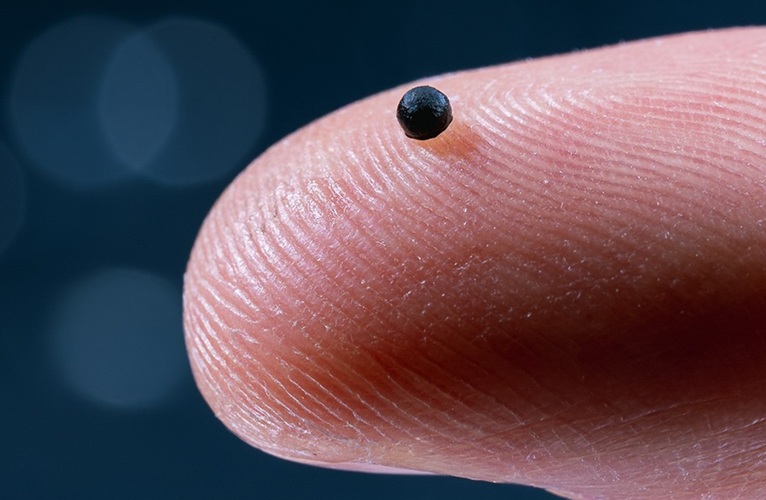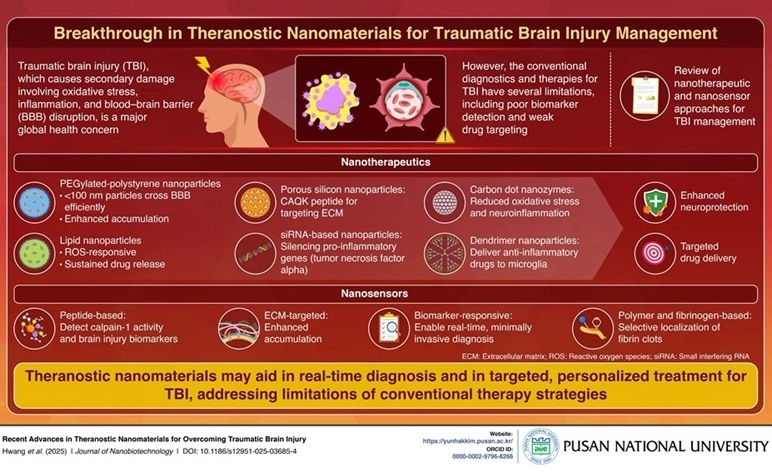Reverse Shoulder Implant Reduces Glenoid Micro-Motion
|
By HospiMedica International staff writers Posted on 16 Sep 2021 |

Image: A multiple instrumentation tray treats glenoid deformity (Photo courtesy of Shoulder Innovations)
A novel reverse shoulder arthroplasty system simplifies the surgical technique, potentially reducing complications and increasing implant longevity.
The Shoulder Innovations (Holland, MI, USA) InSet Reverse Shoulder Arthroplasty System is designed to focus on improving outcomes related to the greatest cause of shoulder replacement failure, glenoid loosening, by significantly reducing glenoid implant micro-motion. The system is based on a convertible humeral platform, innovative instrumentation to provide the simplest possible surgery, and an artificial intelligence (AI) enabled 3D planning system to ensure more precise implant selection and placement.
The PreView Shoulder software is designed to perform automated segmentation and reconstruction of imaging data, allowing surgeons functional visualization of their surgical cases prior to entering the operating room, and without the need for external data processing. Surgeons can also optimize implant size, location and orientation by digitally placing the implant into the patient’s anatomy with a 3D view. This serves to improve the surgical experience by reducing total surgical time, reducing risks, thus benefiting patients, surgical teams, and facilities hosting the procedures.
“We've been able to package not two, but six products in one instrument tray, an unmatched efficiency in the marketplace. This includes all options necessary to treat glenoid deformity from simple to complex,” said Rob Ball, CEO of Shoulder Innovations. “Our humeral fixation is unmatched and offers the simplest technique on the market. Our technical team working with our clinical team has assembled a truly special solution.”
“Not only does our system provide a reduced implant and instrument footprint, but more importantly, the surgeon has access to our primary total shoulder and reverse shoulder, including our innovative primary InSet and InSet Plus glenoid technology, all in one place,” said David Blue, chief commercialization officer for Shoulder Innovations. “This convertible system is game-changing and efficient. The InSet Platform simplifies shoulder replacement technology in order to improve outcomes.”
A reverse shoulder system uses a convex glenoid (hemispheric ball) implant and a concave humerus (articulating cup) implant to reconstruct the glenohumeral joint, which reverses the anatomical form of shoulder articulation. As a result, the center of rotation is moved inferiorly and medialized, which allows the deltoid muscle a longer fulcrum and provides a mechanical advantage to substitute the deficient rotator cuff muscles during shoulder abduction. However, since it does not significantly aid shoulder internal or external rotation, it can be combined with latissimus dorsi transfer to assist with external rotation.
Related Links:
Shoulder Innovations
The Shoulder Innovations (Holland, MI, USA) InSet Reverse Shoulder Arthroplasty System is designed to focus on improving outcomes related to the greatest cause of shoulder replacement failure, glenoid loosening, by significantly reducing glenoid implant micro-motion. The system is based on a convertible humeral platform, innovative instrumentation to provide the simplest possible surgery, and an artificial intelligence (AI) enabled 3D planning system to ensure more precise implant selection and placement.
The PreView Shoulder software is designed to perform automated segmentation and reconstruction of imaging data, allowing surgeons functional visualization of their surgical cases prior to entering the operating room, and without the need for external data processing. Surgeons can also optimize implant size, location and orientation by digitally placing the implant into the patient’s anatomy with a 3D view. This serves to improve the surgical experience by reducing total surgical time, reducing risks, thus benefiting patients, surgical teams, and facilities hosting the procedures.
“We've been able to package not two, but six products in one instrument tray, an unmatched efficiency in the marketplace. This includes all options necessary to treat glenoid deformity from simple to complex,” said Rob Ball, CEO of Shoulder Innovations. “Our humeral fixation is unmatched and offers the simplest technique on the market. Our technical team working with our clinical team has assembled a truly special solution.”
“Not only does our system provide a reduced implant and instrument footprint, but more importantly, the surgeon has access to our primary total shoulder and reverse shoulder, including our innovative primary InSet and InSet Plus glenoid technology, all in one place,” said David Blue, chief commercialization officer for Shoulder Innovations. “This convertible system is game-changing and efficient. The InSet Platform simplifies shoulder replacement technology in order to improve outcomes.”
A reverse shoulder system uses a convex glenoid (hemispheric ball) implant and a concave humerus (articulating cup) implant to reconstruct the glenohumeral joint, which reverses the anatomical form of shoulder articulation. As a result, the center of rotation is moved inferiorly and medialized, which allows the deltoid muscle a longer fulcrum and provides a mechanical advantage to substitute the deficient rotator cuff muscles during shoulder abduction. However, since it does not significantly aid shoulder internal or external rotation, it can be combined with latissimus dorsi transfer to assist with external rotation.
Related Links:
Shoulder Innovations
Latest Surgical Techniques News
- Novel Endoscopy Technique Provides Access to Deep Lung Tumors
- New Study Findings Could Halve Number of Stent Procedures
- Breakthrough Surgical Device Redefines Hip Arthroscopy
- Automated System Enables Real-Time "Molecular Pathology" During Cancer Surgery
- Groundbreaking Procedure Combines New Treatments for Liver Tumors
- Ablation Reduces Stroke Risk Associated with Atrial Fibrillation
- Optical Tracking Method Identifies Target Areas in Robot-Assisted Neurosurgery
- General Anesthesia Improves Post-Surgery Outcomes for Acute Stroke Patients
- Drug-Coated Balloons Can Replace Stents Even in Larger Coronary Arteries
- Magnetic Kidney Stone Retrieval Device Outperforms Ureteroscopic Laser Lithotripsy
- Absorbable Skull Device Could Replace Traditional Metal Implants Used After Brain Surgery
- Magic Silicone Liquid Powered Robots Perform MIS in Narrow Cavities
- 'Lab-on-a-Scalpel' Provides Real-Time Surgical Insights for POC Diagnostics in OR
- Biodegradable Brain Implant Prevents Glioblastoma Recurrence
- Tiny 3D Printer Reconstructs Tissues During Vocal Cord Surgery
- Minimally Invasive Procedure for Aortic Valve Disease Has Similar Outcomes as Surgery
Channels
Critical Care
view channel
Biodegradable Patch Repairs Damaged Tissue After Heart Attack
A heart attack causes sudden loss of oxygen to the heart muscle, triggering cell death and a strong inflammatory response that often leads to scar formation. While scarring helps stabilize the heart, it... Read more
Magnetically Guided Microrobots to Enable Targeted Drug Delivery
Stroke affects 12 million people globally each year, often causing death or lasting disability. Current treatment relies on systemic administration of clot-dissolving drugs, which circulate throughout... Read more
Smart Nanomaterials Detect and Treat Traumatic Brain Injuries Simultaneously
Traumatic brain injury (TBI) continues to leave millions with long-term disabilities every year. After a sudden impact from a fall, collision, or accident, the brain undergoes inflammation, oxidative stress,... Read more
Earlier Blood Transfusion Could Reduce Heart Failure and Arrhythmia in Heart Disease Patients
Blood loss during or after surgery can place significant stress on people with heart disease, increasing the risk of dangerous complications. Transfusions are often delayed until hemoglobin levels fall... Read morePatient Care
view channel
Revolutionary Automatic IV-Line Flushing Device to Enhance Infusion Care
More than 80% of in-hospital patients receive intravenous (IV) therapy. Every dose of IV medicine delivered in a small volume (<250 mL) infusion bag should be followed by subsequent flushing to ensure... Read more
VR Training Tool Combats Contamination of Portable Medical Equipment
Healthcare-associated infections (HAIs) impact one in every 31 patients, cause nearly 100,000 deaths each year, and cost USD 28.4 billion in direct medical expenses. Notably, up to 75% of these infections... Read more
Portable Biosensor Platform to Reduce Hospital-Acquired Infections
Approximately 4 million patients in the European Union acquire healthcare-associated infections (HAIs) or nosocomial infections each year, with around 37,000 deaths directly resulting from these infections,... Read moreFirst-Of-Its-Kind Portable Germicidal Light Technology Disinfects High-Touch Clinical Surfaces in Seconds
Reducing healthcare-acquired infections (HAIs) remains a pressing issue within global healthcare systems. In the United States alone, 1.7 million patients contract HAIs annually, leading to approximately... Read moreHealth IT
view channel
EMR-Based Tool Predicts Graft Failure After Kidney Transplant
Kidney transplantation offers patients with end-stage kidney disease longer survival and better quality of life than dialysis, yet graft failure remains a major challenge. Although a successful transplant... Read more
Printable Molecule-Selective Nanoparticles Enable Mass Production of Wearable Biosensors
The future of medicine is likely to focus on the personalization of healthcare—understanding exactly what an individual requires and delivering the appropriate combination of nutrients, metabolites, and... Read moreBusiness
view channel
Philips and Masimo Partner to Advance Patient Monitoring Measurement Technologies
Royal Philips (Amsterdam, Netherlands) and Masimo (Irvine, California, USA) have renewed their multi-year strategic collaboration, combining Philips’ expertise in patient monitoring with Masimo’s noninvasive... Read more
B. Braun Acquires Digital Microsurgery Company True Digital Surgery
The high-end microsurgery market in neurosurgery, spine, and ENT is undergoing a significant transformation. Traditional analog microscopes are giving way to digital exoscopes, which provide improved visualization,... Read more
CMEF 2025 to Promote Holistic and High-Quality Development of Medical and Health Industry
The 92nd China International Medical Equipment Fair (CMEF 2025) Autumn Exhibition is scheduled to be held from September 26 to 29 at the China Import and Export Fair Complex (Canton Fair Complex) in Guangzhou.... Read more













